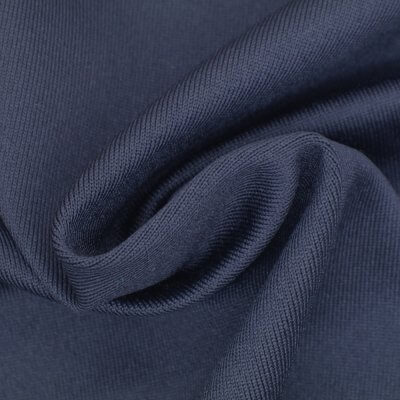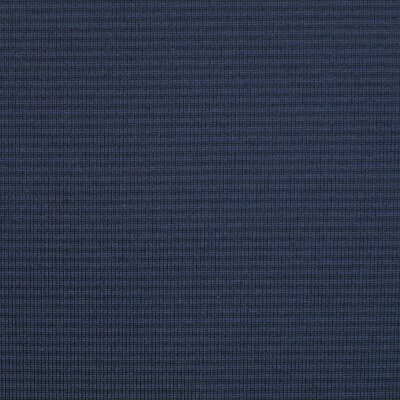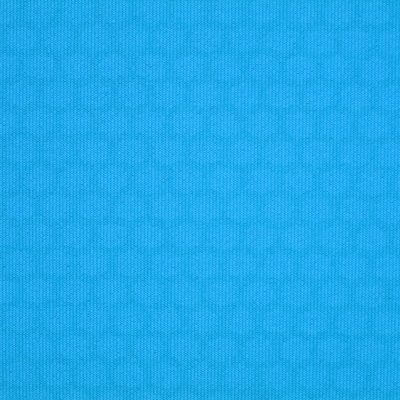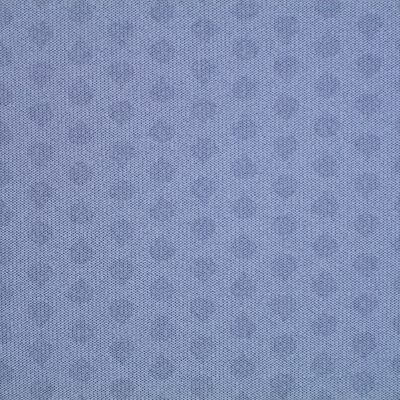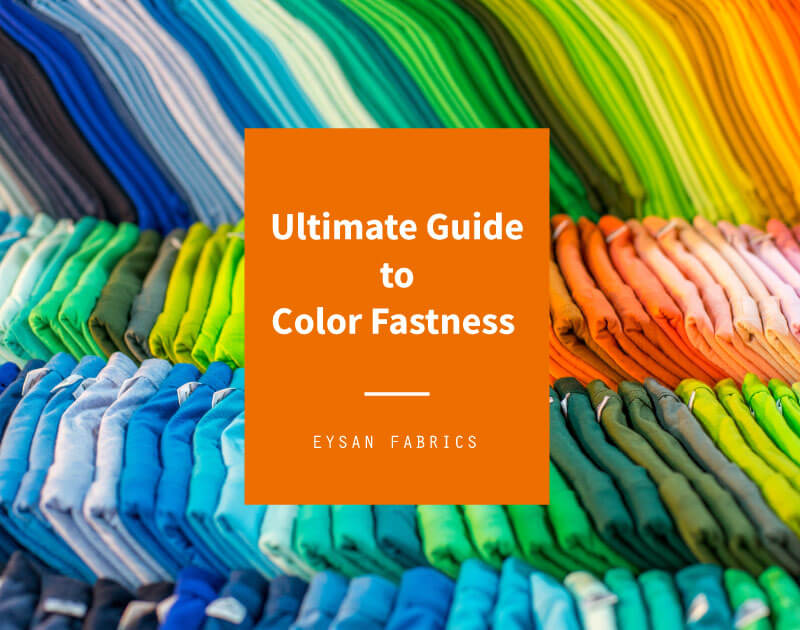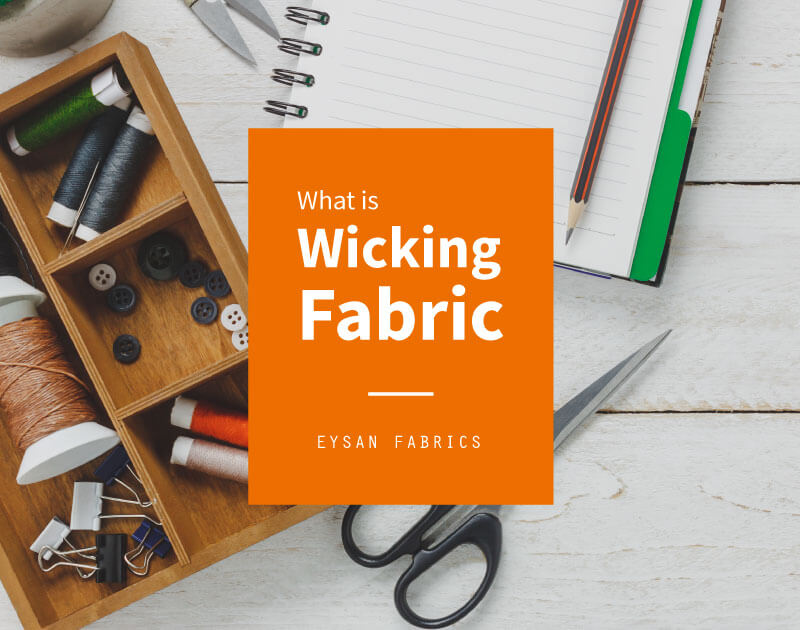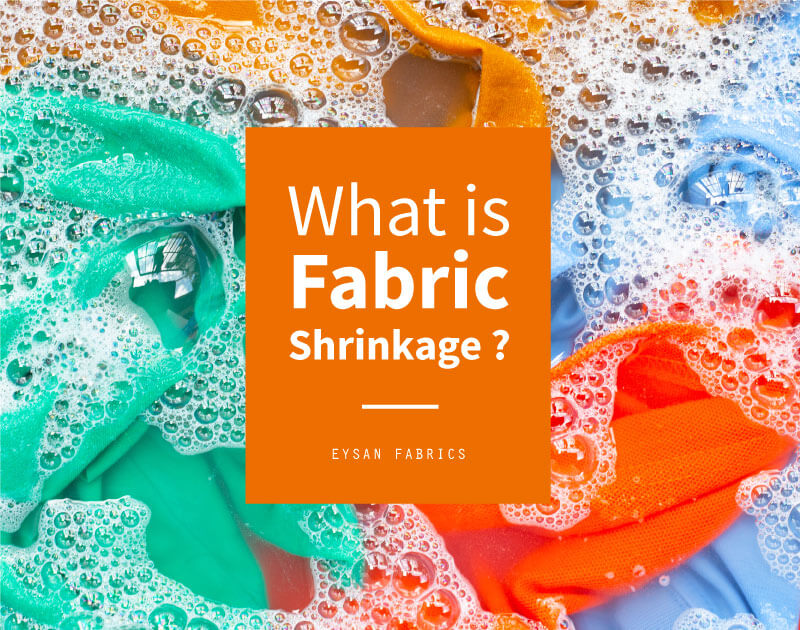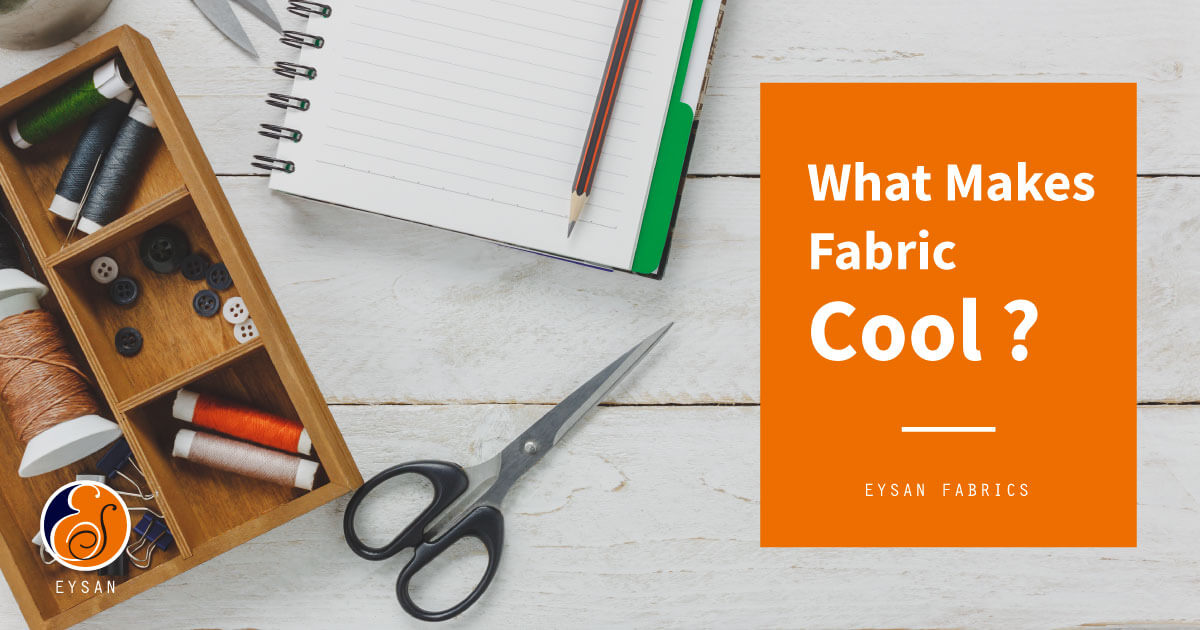
Recently, with Earth’s average temperature increasing every year, the temperature in major cities around the world is reaching record highs year after year. In countries where there previously wasn’t a need for air-conditioning, sales of air-conditioning in summer have begun to gradually increase.
To put it plainly, there are an increasing number of products on the market that use fabrics with a cooling function. From cooling clothes to cooling bedding, carpets, or cushions, and even children’s items, the demand for cooling products is increasing.
For the body, being exposed to high temperatures for a long time can also be a source of discomfort. When our body can feel cool through other means, we don’t need to turn the air-conditioning to a very low temperature, which means these cooling products go a small way towards promoting environmental conservation.
The textile industry is conducting more and more research and development regarding cooling fabrics, which means there are hundreds of different products to choose from, but do you know how these cooling fabrics are made?
Come with us on this journey to learn about cooling fabrics!
Defining Coolness in Fabrics
Seeing the word cool will automatically cause people to mistakenly think of these fabrics as portable air-conditioning units which can constantly make you feel cool. The reality, however, is that, when we are referring to these sorts of fabrics, we are not only talking about the direct sensation of coolness (contact cooling).
In fact, in an environment that isn’t highly humid, these fabrics can drain the sweat from the skin and allow clothes and skin to dry quickly. This ability to stay fresh also contributes to the cooling effect. Since your body temperature will not continue to rise, the heat will be exhausted, this causing your temperature to drop. When the body temperature and environment reach a thermal balance, the cooling effect ceases.
The Theory Behind Cool
When we feel cool, it’s actually our body temperature going down, but how can we lower our body temperature in the first place?
The main heat dissipation mechanisms within the human body are affected by environmental radiation, convection, conduction, and evaporation.

Thermal conductivity: Different materials have different thermal conductivity. Materials with good conductivity are more likely to impart a cooling sensation, whereas materials with poor conductivity will feel warmer.
Thermal convection: Thermal energy is transferred from a high temperature place to one with a lower temperature. For example, in winter, the room temperature is usually lower than the temperature of a given fabric. In the same way, when you first put on a feather jacket, your skin will feel cool at first, because your body temperature is higher relative to the material, causing the heat from your body to flow onto the material and therefore causing you to feel cool.
Cooling through evaporation: When we sweat, heat also dissipates, but if it is retained by the material of our clothes, it may cause us to feel damp and stuffy. When sweat is allowed to evaporate and dry quickly, it can also help us cool down.
It is important to mention that the easiest way to stay cool is to simply move away or block out the source of heat. For example, clothing allows us to stop solar radiation from directly hitting our skin. Studies show that the body temperature of someone wearing regular clothing in the sun is lower than that of someone who is naked. The well-known fabric manufacturer Schoeller uses this principle in its Coldblack line of yarn, which are applied to fabrics in order to keep the body temperature from rising.
All of the above means that, in fabric design, any factor that affects radiation, convection, conduction or evaporation may also affect the overall cooling properties of the fabric.
Which Material Offers the Best Cooling Properties?
As explained in the previous section, any factors that affect radiation, convection, conduction or evaporation may also affect the overall cooling properties of the fabric. Here are some of the most common cooling materials, though please remember that, although the material chosen plays an important role, the end result depends on the overall design of the fabric.
Polyester
The moisture content within polyester fiber is not high. Because of this hydrophobic nature, polyester fibers can dry quickly, providing a refreshing effect. Since the fabric doesn’t absorb water, the clothes don’t easily stick to the skin, thus creating a cooling sensation. The moisture regain of polyester fiber is only 0.4%, which means sweat quickly evaporates without remaining in the yarn or cloth, allowing for the thermal energy to quickly be expelled.
Yarn manufacturers often use these quick-drying properties of polyester fibers to develop moisture-wicking yarns with uniquely shaped cross-sections, the most famous of which is Coolmax. When compared to regular round-shaped yarn, the structure of this special yarn increases the amount of gaps between fibers whilst decreasing the size of said gaps. In this way, it promotes capillary action, which allows for sweat to be discharged and evaporate faster, therefore ensuring that the wearer does not feel stuffy.
Read more: What is Wicking Fabric? How Does it Work?

Nylon
Nylon has a high water content and good heat conductivity, which both contribute to its uniqueness to the touch and its cooling properties. Compared with polyester fiber, which has a moisture regain of only 0.4%, nylon has a moisture regain of 4%, which lends it greater heat conducting capabilities. However, this high moisture regain percentage means its hydrophobic capabilities aren’t as good, which leads to it drying more slowly than polyester.
Therefore, some of the lighter and thinner nylon fabrics, even those which have not had any cooling capabilities added, can still provide a contact cooling sensation when used indoors. This high moisture regain capability of nylon is often further increased by manufacturers to improve its contact cooling effect.
Rayon
Rayon is a kind of cellulose fiber which is made from reprocessed wood pulp. Although the raw materials used to produce it are natural, it is necessary to add chemical substances to them during manufacturing, which means that the material is considered part artificial and part natural. Since it is a semi-artificial material, its moisture regain properties can be adjusted, making rayon not only soft to the touch but also giving it contact cooling capabilities.
Materials That Enhance the Cooling Effect
Jade
Adding jade powder to processed fibers is already a common way of producing yarn with cooling properties, due to this mineral’s natural cooling capabilities. Jade has good thermal conductivity, so when it comes into contact with skin, it quickly conducts heat from the body, thus balancing the body’s temperature with that of the surrounding environment. If the ambient temperature is low, such as in an air-conditioned room, the cloth can help lower one’s body temperature more quickly.
Similarly, if this fabric is worn outdoors or under the hot sun, it will quickly conduct heat from the outside into the cooler body, thus causing one’s body temperature to rapidly increase. For this reason, this fabric is more suitable for air-conditioned rooms indoors, where its cooling properties can be maximized.
Generally, polyester is used as the base material for cooling yarns to which jade powder is added. Due to the quick drying and evaporation characteristics of polyester fibers, these yarns with added jade also dry quickly and have a cooling effect.
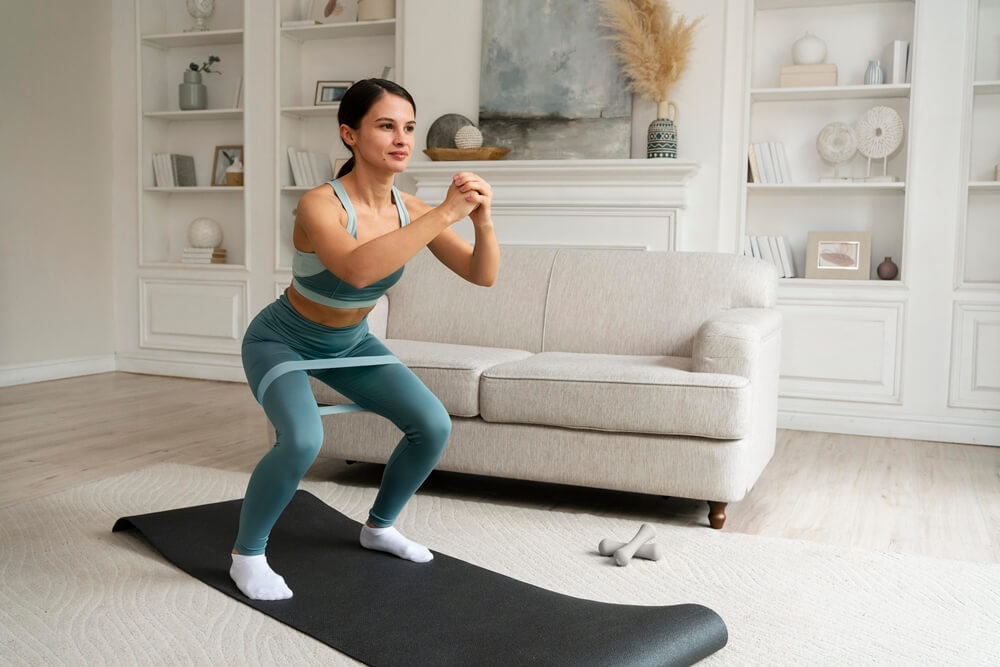
Graphene
Graphene is becoming more and more commonly used in textile products in recent years. The general public believes that its main property is to preserve warmth. In fact, the most important characteristic of graphene is its excellent conductivity. When coupled with fabrics which are already designed for their warmth (such as fleeces or fabrics with a high density or thickness, etc.), graphene can add a significant boost to their heat preserving effect. However, when used on thin, breathable fabrics, graphene can also quickly dissipate the body’s heat, allowing it to achieve a balance with the surrounding temperature and thus achieving a cooling effect.
Graphene has a slight limitation when compared to other materials. Due to its yarn already having a color, it can only be dyed in dark colors or black.
Xylitol
In recent years, xylitol has also become a very popular cooling material. It has the effect of absorbing heat when exposed to water. Just like the xylitol in chewing gum, which feels cool when it comes in contact with water (or saliva), the xylitol used in cloth also needs to come in contact with water (sweat) before the body can feel its cooling capabilities.
In addition to being added to the yarn, xylitol can also be printed directly onto the fabric in a variety of patterns.
Texture in Cooling Fabrics
Even if cooling yarn is used, if the fabric it is made into is thick and dense, its cooling properties will be reduced. Therefore, when designing fabrics, it’s essential to weave it in a light or lower-density manner, or even into mesh. After coming into contact with sweat, lighter fabric will dry faster, and the faster it dries, the sooner our bodies begin to feel cool through evaporation.

In recent years, some top brands have been researching human sweat and its areas of dissipation in order to design larger holes in the fabric for these hot areas of the body, thus leading to the creation of body mapping design. In cases where it’s not possible to adequately plan the position of the holes when weaving the fabric, it’s a good idea to use a splicing approach to design; for example, areas such as the underarm, back, or other areas that commonly sweat more can be designed using a different fabric, such as mesh.
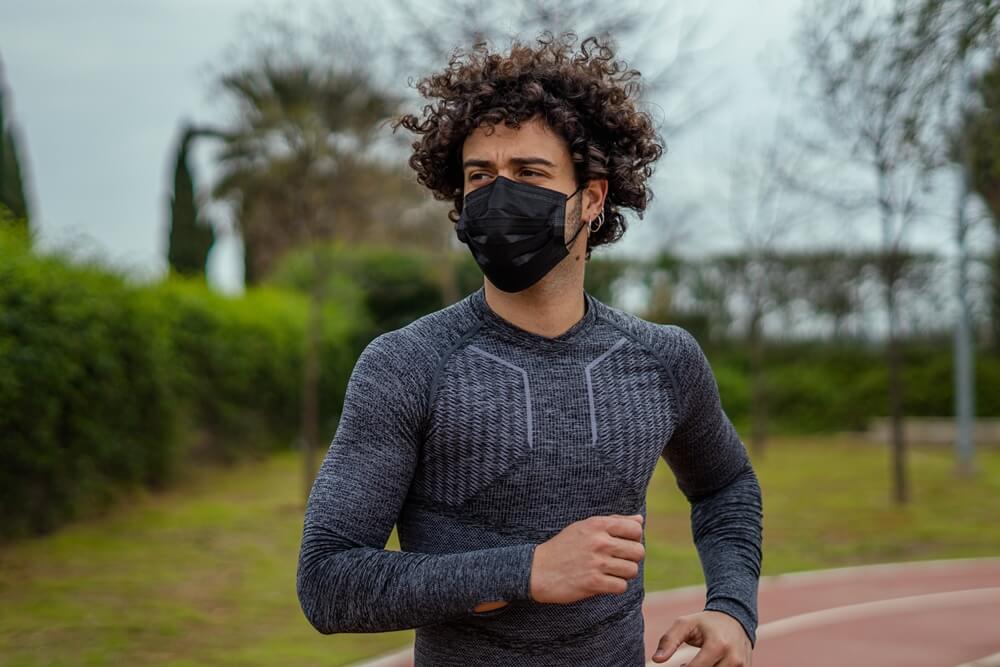
Recently some brands have also developed “moisture responsive transformation” fibers, which grow longer after absorbing sweat, thus opening up the pores of the fabric and allowing body heat and water vapor to quickly be released. This increases the speed of heat convection and the evaporation of sweat.
The Coolness Test Standard
Due to Taiwan’s status as a world-renowned center for functional textiles, in 2019 the Taiwan Textile Research Institute partnered with industry members, academics, and the government to formulate the FTTS-FA-019 coolness test standard, which is used by many countries and brands and has quickly become the international standard for testing coolness. This method is mostly suitable for testing the degree of contact cooling sensation that a given cloth provides.
FFTS-FA-019 refers to the highest amount of heat instantaneously lost by the body when coming into contact with the tested cloth. It also refers to the maximum heat flux per unit of area of the fabric (walt/cm2). The final piece of data is referred to as the Qmax value, short for Quantum of Maximum Heat Flux (cool feeling test). The higher the Qmax value, the stronger the contact cooling sensation.
It is worth noting that xylitol, for example, needs to be exposed to water in order to activate its cooling effect. Therefore, it is not suitable for the FTTS-FA-019 test, because water can’t be specifically applied to it during this test. There currently aren’t any other suitable test standards that can be used on it, since, if there is no moisture, the cooling effect of xylitol fabric will not be apparent.
Test Procedure
The cloth is placed on the cold plate section of a special device. When the temperature of the cloth is the same as that of the cold plate, a hot plate will quickly be lowered onto the sample. The heat from the hot plate will pass through the fabric and transfer to the cold plate. The maximum heat loss of the fabric can be captured at this instant of contact, which is what we call the Qmax value.
Each brand has its own quality standards, but according to Taiwan’s domestic standards, the Qmax value must be at least 0.13 or higher in knitted fabrics, and 0.17 or plain woven fabrics in order to be considered effective cooling fabrics.
Conclusion
These days, there are all sorts of cooling clothes on the market. Each fabric is composed of different materials arranged in their unique way using a variety of techniques, allowing them to achieve a cooling effect through many different paths.
Having a deeper understanding of cooling fabrics before designing clothing can help us choose more suitable fabrics and create better design plans. We hope that the content above can help deepen your understanding of cooling fabrics!
For all your knitted cooling fabric needs, please don’t hesitate to contact us!
Gain more knowledge:
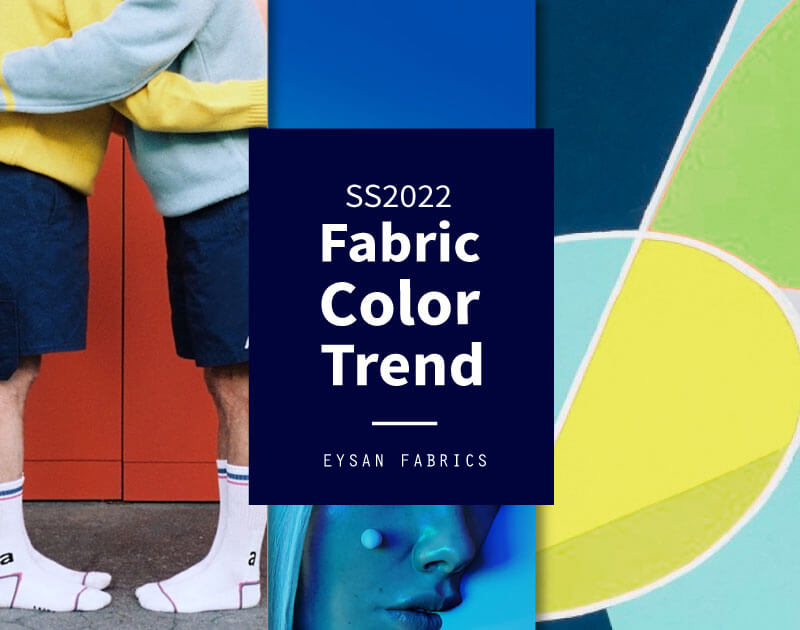
Sportswear Color Trends Forecast for Spring/Summer 2022
We have looked at the color trends forecast for Spring/Summer 2022 to help you select the right color combos for your collection. From violet to vibrant green, get ready for exciting winds of change this new season.
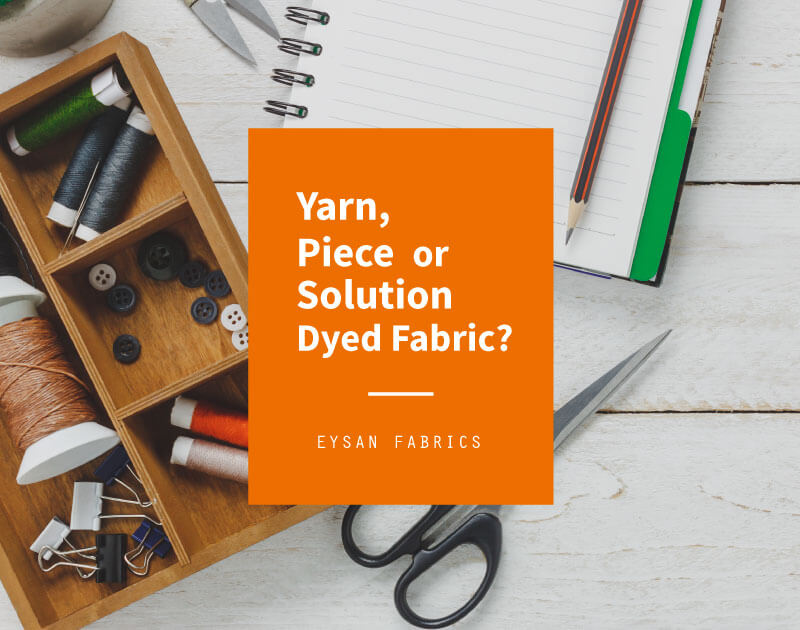
Yarn, Piece or Solution Dyed Fabric?
Which dyeing method should you choose? Is yarn, piece or solution dyed fabric best for your product? Find out the key differences between these fabric dyeing methods.
Want to know more about EYSAN? Or looking for fabric advice?

Eysan Fabrics
Eysan is a knitted fabric expert. Since 1986, it has continually supplied quality fabrics and service to clothing manufacturers and well-known clothing, athletic, and underwear brands. If you have any questions regarding knitted fabrics or have any knitted fabric needs, please feel free to reach out to us.

